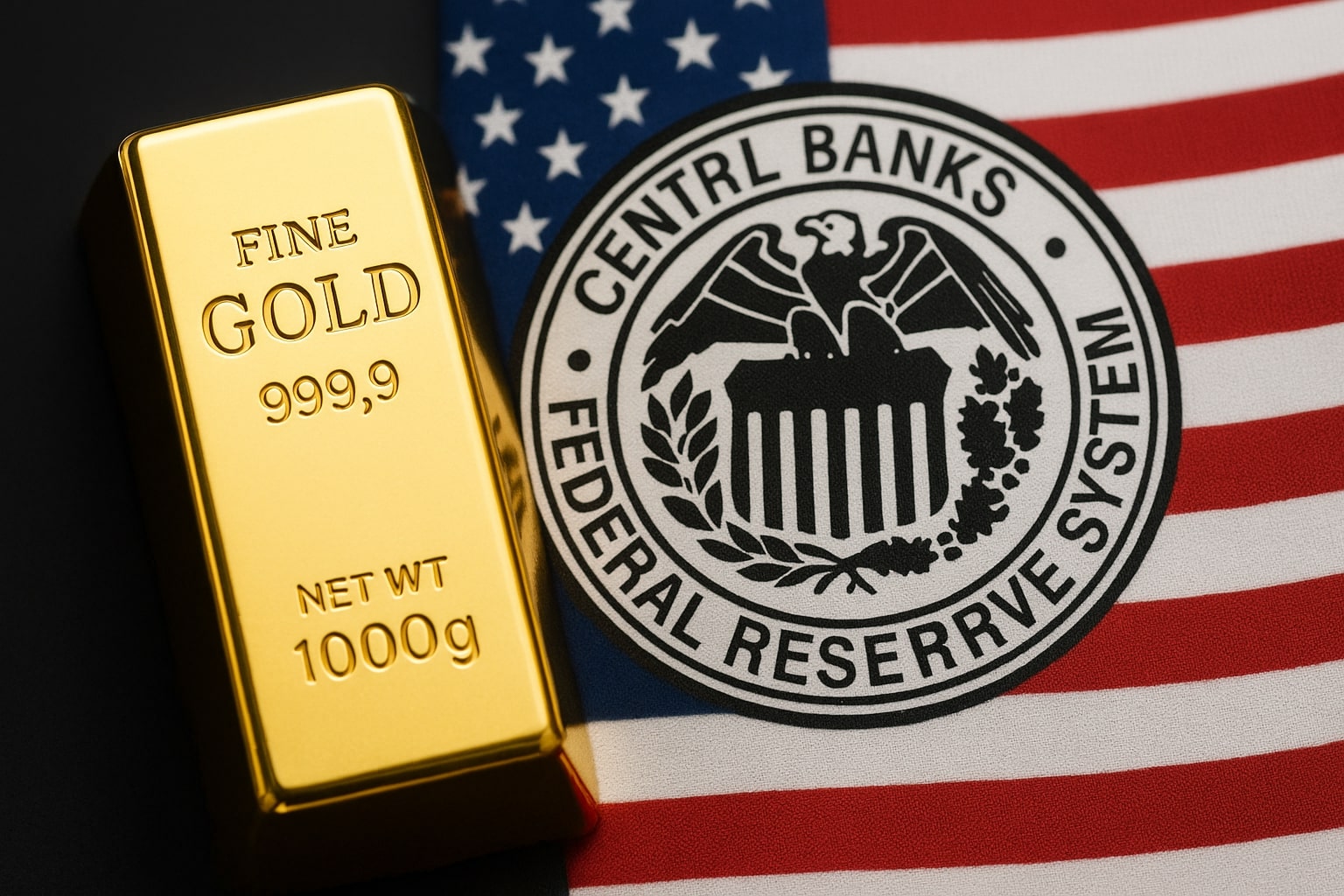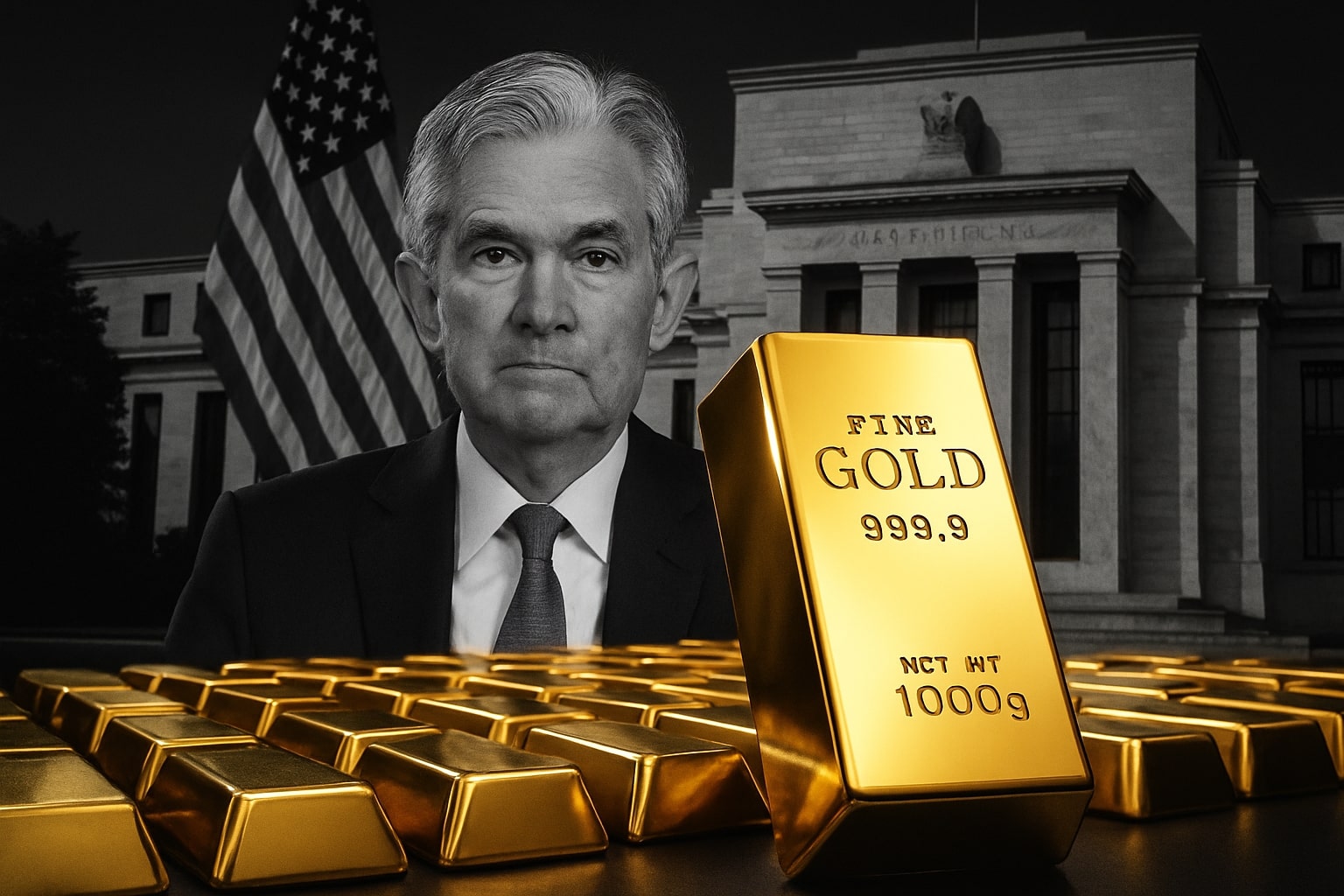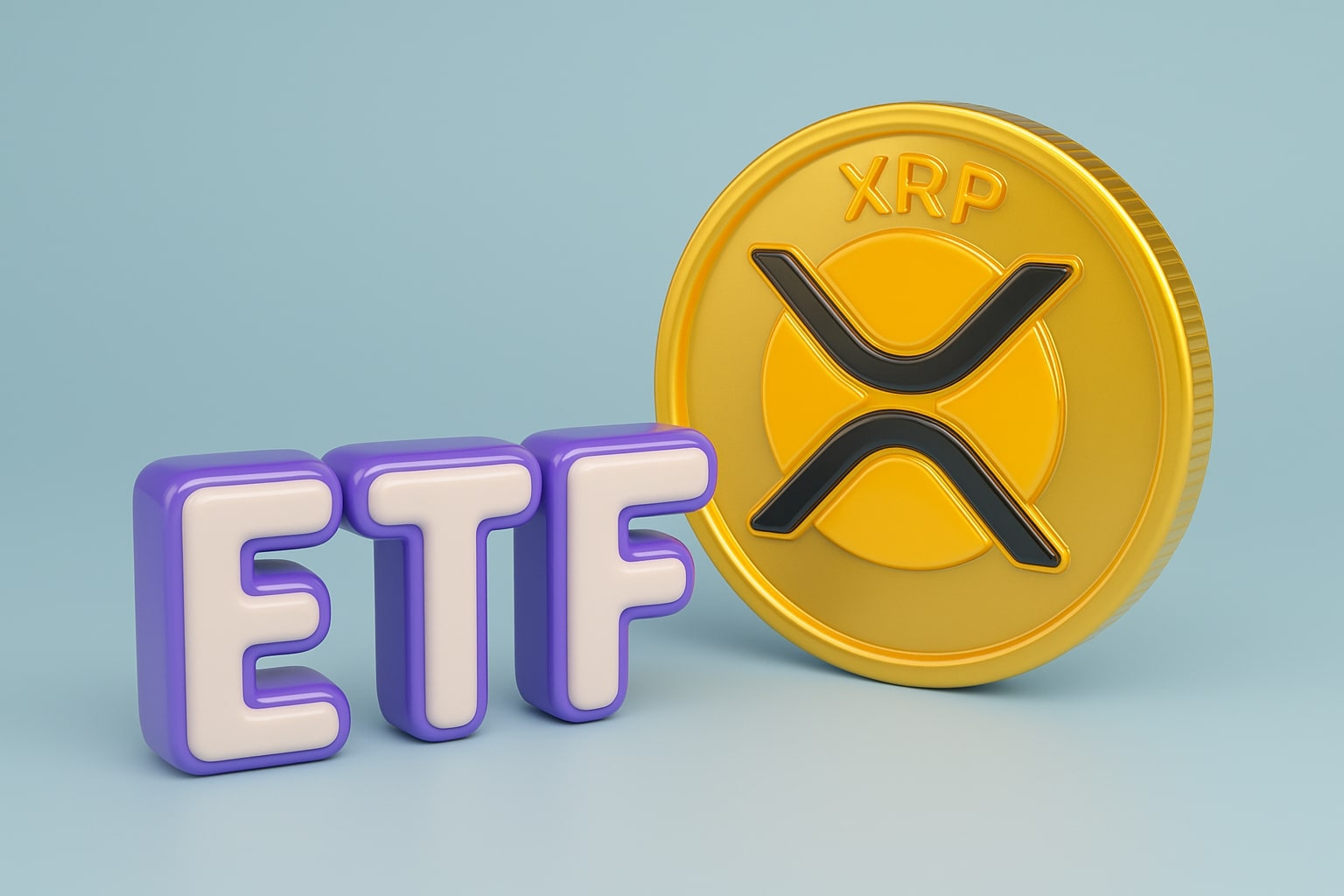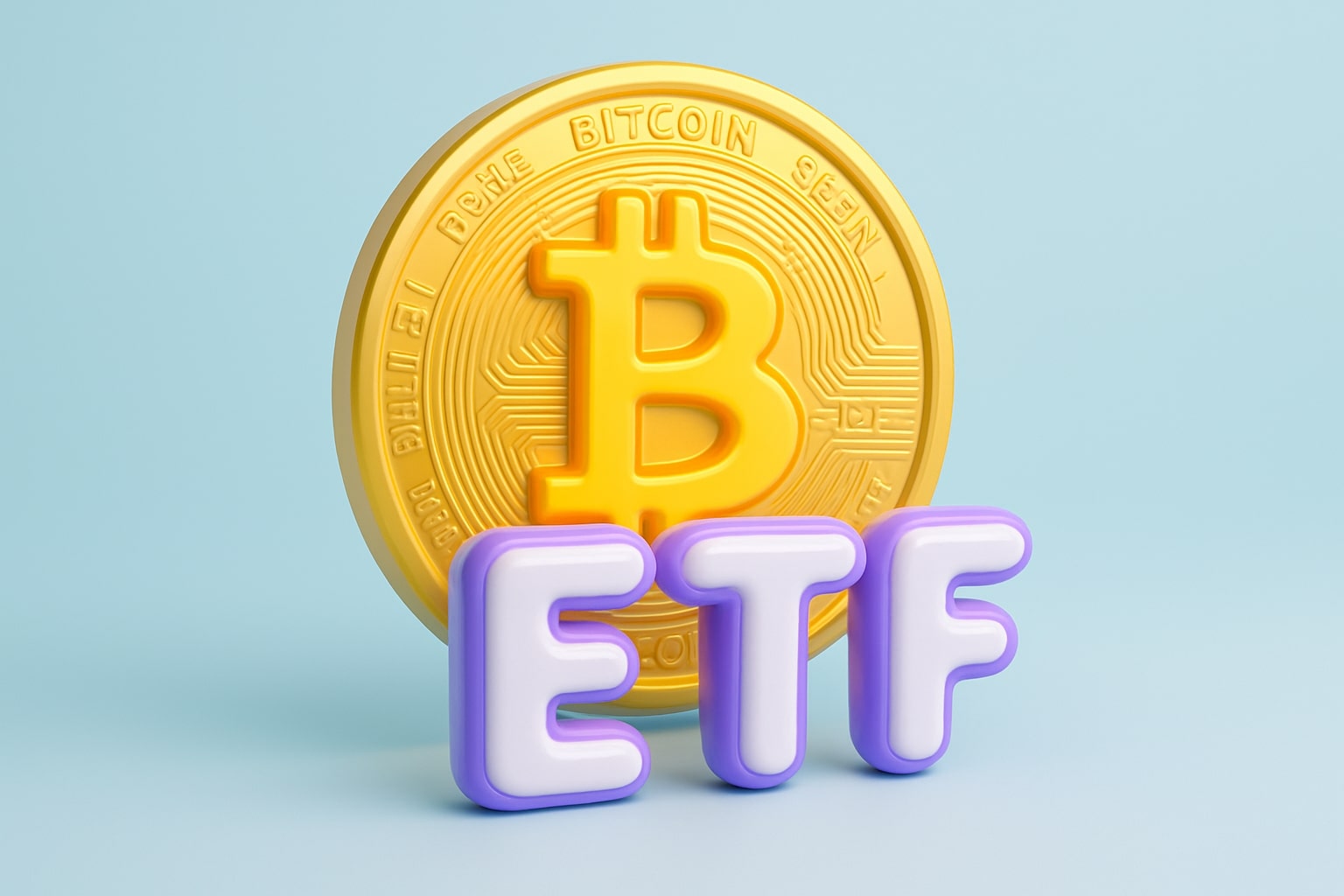
Gold Price Forecast - XAU/USD Rockets Toward $4,000 as Dollar Weakens and Central Banks Keep Buying — SGDM ETF Doubles in 2025
XAU/USD rallies 47% YTD amid Fed uncertainty, political turmoil, and record ETF inflows, signaling a powerful new phase in the global gold cycle | That's TradingNEWS
Gold (XAU/USD) Surges Toward $4,000 as Global Uncertainty and Policy Easing Ignite Record-Breaking Rally
Gold’s remarkable ascent continues to dominate global markets as prices soar to unprecedented levels, breaking through $3,897.13 per ounce before settling near $3,886.45. This marks the seventh consecutive week of gains, pushing the metal’s year-to-date increase above 47%, its strongest annual performance since 1979. The yellow metal has now logged multiple all-time highs in 2025, with analysts from major banks projecting it could soon test or even exceed the $4,000 barrier. Market capitalization across gold ETFs has expanded sharply, while bullion demand from both institutions and central banks remains relentless. The rally reflects a perfect storm of macroeconomic drivers — a weakening U.S. dollar, renewed geopolitical risk, policy interference fears at the Federal Reserve, and surging official sector purchases.
Macroeconomic Pressure and Fed Data Paralysis Fuel XAU/USD Momentum
The latest catalyst stems from the ongoing U.S. government shutdown, now entering its fifth day, which has disrupted the release of crucial data such as non-farm payrolls and CPI. With the Bureau of Labor Statistics offline, the Federal Reserve is effectively operating blind ahead of its October 29 meeting. According to CME FedWatch, markets are pricing a 97% probability of a 25-basis-point cut this month and an 85% chance of another by December. The dollar index dropped to 97.78, its weakest close since July, while 10-year Treasury yields slipped to 4.092%, further bolstering demand for non-yielding assets. Analysts at UBS and Goldman Sachs have lifted their 2025 targets to $4,200 and $4,300, respectively, citing sustained rate-cut expectations and intensifying safe-haven flows.
Central Banks and Institutional Investors Drive Structural Demand
According to HSBC, central bank demand continues to underpin the market, with official sector purchases remaining robust as nations diversify away from the U.S. dollar. While buying may slow from the record levels of 2022–2024, the aggregate pace remains historically elevated. HSBC projects that “rallies can continue into 2026,” aided by institutional diversification. This thesis aligns with ongoing inflows into major gold ETFs, led by the SPDR Gold Trust (GLD), whose holdings rose 0.59% this week to 1,018.89 metric tons. This marks the seventh straight week of accumulation by institutions, bringing total global ETF reserves to multi-year highs. Gold’s dual role as both an inflation hedge and a monetary hedge has regained prominence, particularly as concerns rise over the Fed’s independence following reports of political interference involving President Trump’s attempt to remove Fed Governor Lisa Cook.
Dollar Weakness and Geopolitical Instability Reinforce the Safe-Haven Bid
Gold’s rally has also been powered by escalating political risk and a weakening greenback. The standoff in Washington has frozen critical economic functions, while ongoing conflicts across Eastern Europe and the Middle East continue to amplify safe-haven flows. The spot price’s relentless climb — up nearly 50% year-to-date — mirrors capital flight from risk assets toward real stores of value. Analysts note that XAU/USD tends to rally in periods of non-recessionary uncertainty when real yields decline but nominal growth remains intact. With the U.S. Dollar Index trending downward and investors increasingly skeptical of fiscal discipline, gold has reclaimed its role as the world’s ultimate risk-off anchor.
Technical Landscape: Momentum Intact as Gold Eyes $4,000 Resistance
From a technical standpoint, gold’s trajectory remains distinctly bullish. The metal trades well above its 52-week moving average of $3,090.96, underscoring structural strength but also suggesting possible overheating. Weekly momentum remains firmly in the green, with seven consecutive positive closes, a rare occurrence historically associated with multi-month continuation phases. Technical analysts identify $4,000 as the next psychological resistance level, followed by a potential overshoot toward $4,200–$4,300 if momentum remains unchecked. The market shows no overhead resistance beyond current levels, with price action now in uncharted territory. While the rally appears extended, the absence of a weekly reversal pattern keeps the bias firmly bullish. A corrective phase could emerge if the market prints a closing reversal top, but until then, the long-term uptrend remains the dominant narrative.
Mining Equities Outperform as Sprott Gold Miners ETF (NYSEARCA:SGDM) Surges 115% in 2025
The rally in spot gold has translated into explosive performance for mining equities. The Sprott Gold Miners ETF (SGDM) has soared 115% year-to-date, doubling the performance of gold itself. The fund, which holds 37 gold majors, including Agnico Eagle Mines (NYSE:AEM), Newmont (NYSE:NEM), Kinross Gold (NYSE:KGC), and Barrick Mining (NYSE:B), offers leveraged exposure to the ongoing gold boom. As bullion prices approach $4,000, miners’ margins are expanding at their fastest pace in years. SGDM’s expense ratio of 0.5% is offset by periodic distributions — the ETF paid a $0.29 per-share dividend in December 2024, and a higher payout is likely for 2025 given the record profitability of underlying constituents. Analysts suggest that as gold surpasses new thresholds, mining stocks will continue to outperform physical bullion due to operational leverage and expanding cash flows.
Read More
-
PFFA ETF Nears $21.50 as Rate Cuts and 9.49% Yield Spark Renewed Demand
29.11.2025 · TradingNEWS ArchiveStocks
-
XRPI and XRPR ETFs Ignite Ripple’s Institutional Rally as Inflows Near $1B and XRP Holds $2.20
29.11.2025 · TradingNEWS ArchiveCrypto
-
Natural Gas Price Forecast - NG=F Blasts to $4.85 as Demand Surge Fuel Multi-Month Breakout
29.11.2025 · TradingNEWS ArchiveCommodities
-
USD/JPY Price Forecast - Yen to Dollar Slides to 156.10 as Yen Strengthens on Fed Cut Expectations
29.11.2025 · TradingNEWS ArchiveForex
HSBC, UBS, and Goldman See the Next Stage of the Gold Cycle Extending Into 2026
Investment banks remain unified in their bullish stance. HSBC forecasts that gold could trade above $4,000 in the near term, projecting continued strength through 2026 driven by fiscal uncertainty, official sector accumulation, and diversification away from the dollar. UBS anticipates a move toward $4,200, while Goldman Sachs sets a ceiling near $4,300, emphasizing that the combination of geopolitical risk and U.S. fiscal stress is likely to sustain demand well into next year. Meanwhile, macro strategists warn that if the Fed cuts rates faster than expected, the rally could overshoot targets, though slower easing might temporarily moderate the pace of gains. Despite this, both scenarios remain net-positive for gold, which thrives in environments of monetary instability and negative real yields.
Retail Participation and ETF Capital Inflows Signal a Broader Market Expansion
Retail enthusiasm has returned, particularly through gold-linked ETFs and mining funds. Data from FXEmpire shows that inflows into the SPDR Gold Trust (GLD) and other major ETFs have grown consistently since early September, while trading volume in gold futures has risen sharply. Market chatter around “$4,000 gold” has fueled speculative momentum, though analysts emphasize that the current rally is rooted in fundamentals, not hype. Investors disenchanted with crypto volatility have rotated capital into precious metals, reinforcing gold’s reputation as the ultimate hedge against both inflation and institutional instability.
Global Context: Government Shutdown and Policy Uncertainty Elevate Gold’s Strategic Role
The U.S. government’s failure to pass a funding bill has triggered its 15th shutdown since 1981, halting regulatory oversight, economic reporting, and financial research. The absence of data leaves the Federal Reserve navigating without visibility, a situation reminiscent of 2013’s shutdown but with far higher stakes given the size of today’s deficits. Markets interpret this paralysis as deeply inflationary in the medium term, as political gridlock erodes confidence in fiscal management. The resulting demand for safe-haven assets has sent both gold and silver into synchronized rallies — with silver up 2.16% this week and closing near $31 per ounce. Gold’s safe-haven dominance has become self-reinforcing, with ETF flows, central bank buying, and retail participation converging into a sustained structural bid.
Outlook and Strategic Verdict: Gold’s Momentum Unbroken, $4,000 Within Reach
All fundamental, technical, and macro indicators converge on a single theme: XAU/USD remains in a confirmed bull market. The trajectory points to $4,000 as the next milestone, with extension targets toward $4,200–$4,300 by early 2026. Volatility will remain elevated, but the underlying drivers — Fed easing, political instability, dollar weakness, and institutional accumulation — remain intact. While short-term corrections are possible given the magnitude of gains, each retracement is likely to attract renewed buying from both central banks and private funds. Mining equities, led by SGDM, provide leveraged upside as margins expand alongside bullion prices.
Verdict: Buy (Strong Bullish) — Gold remains the premier safe-haven asset of 2025. With technical structure firm, institutional flows accelerating, and macro fundamentals aligned, the path toward $4,000–$4,300 appears both achievable and sustainable.



















